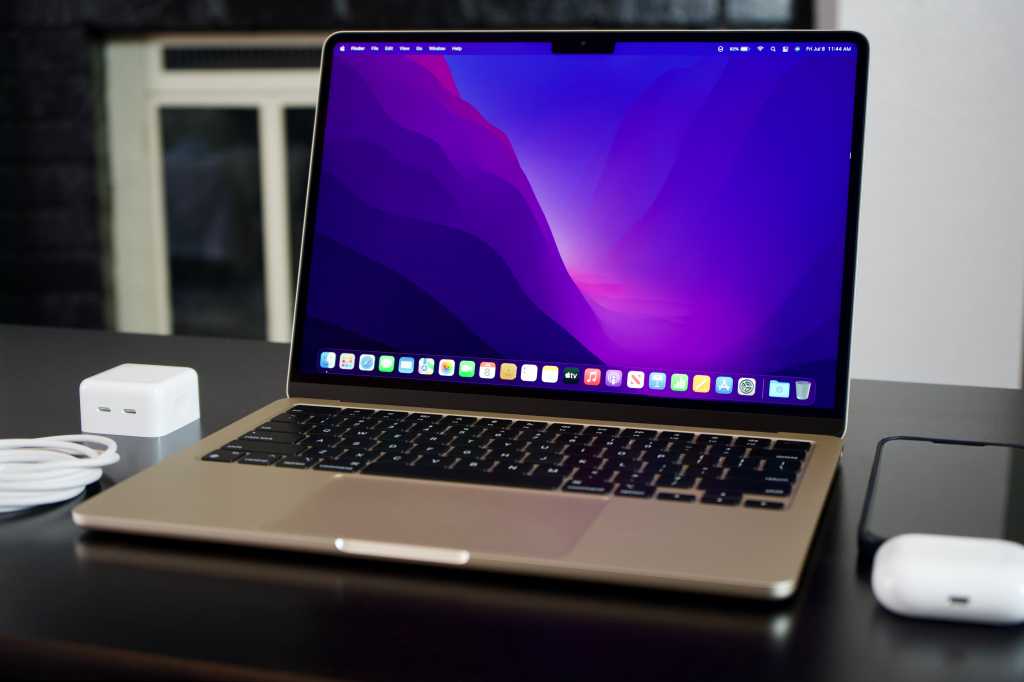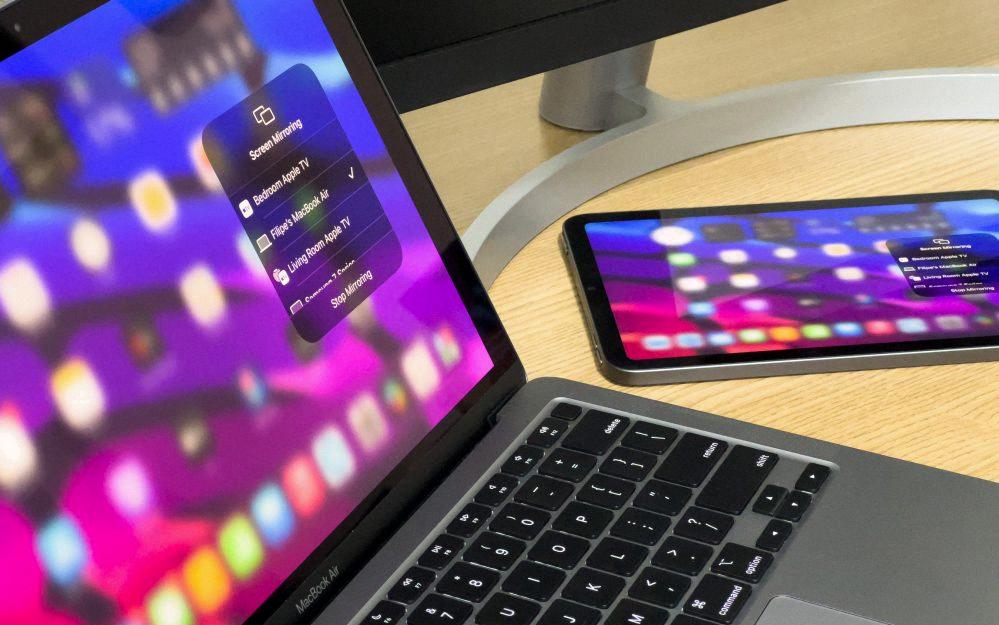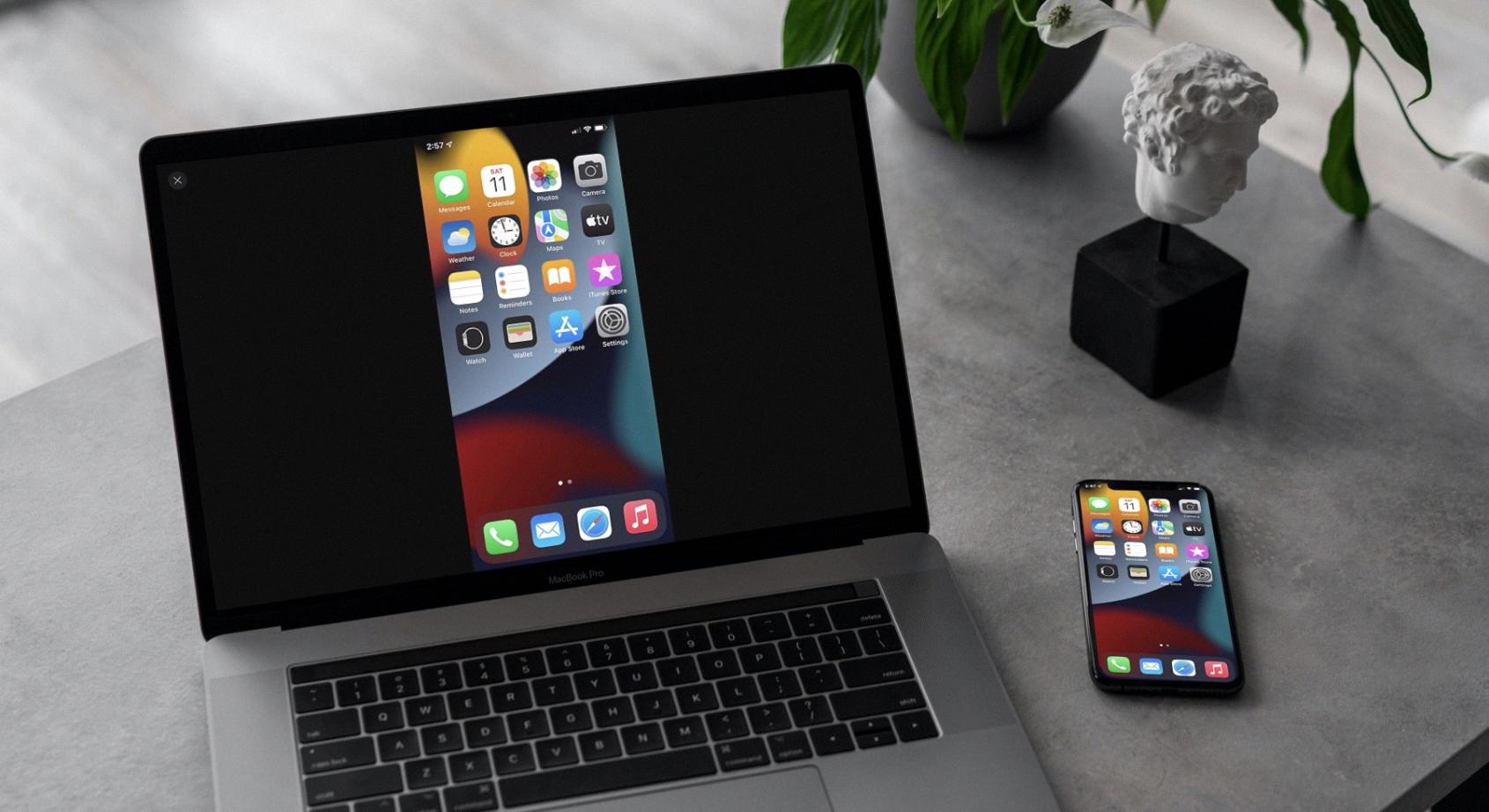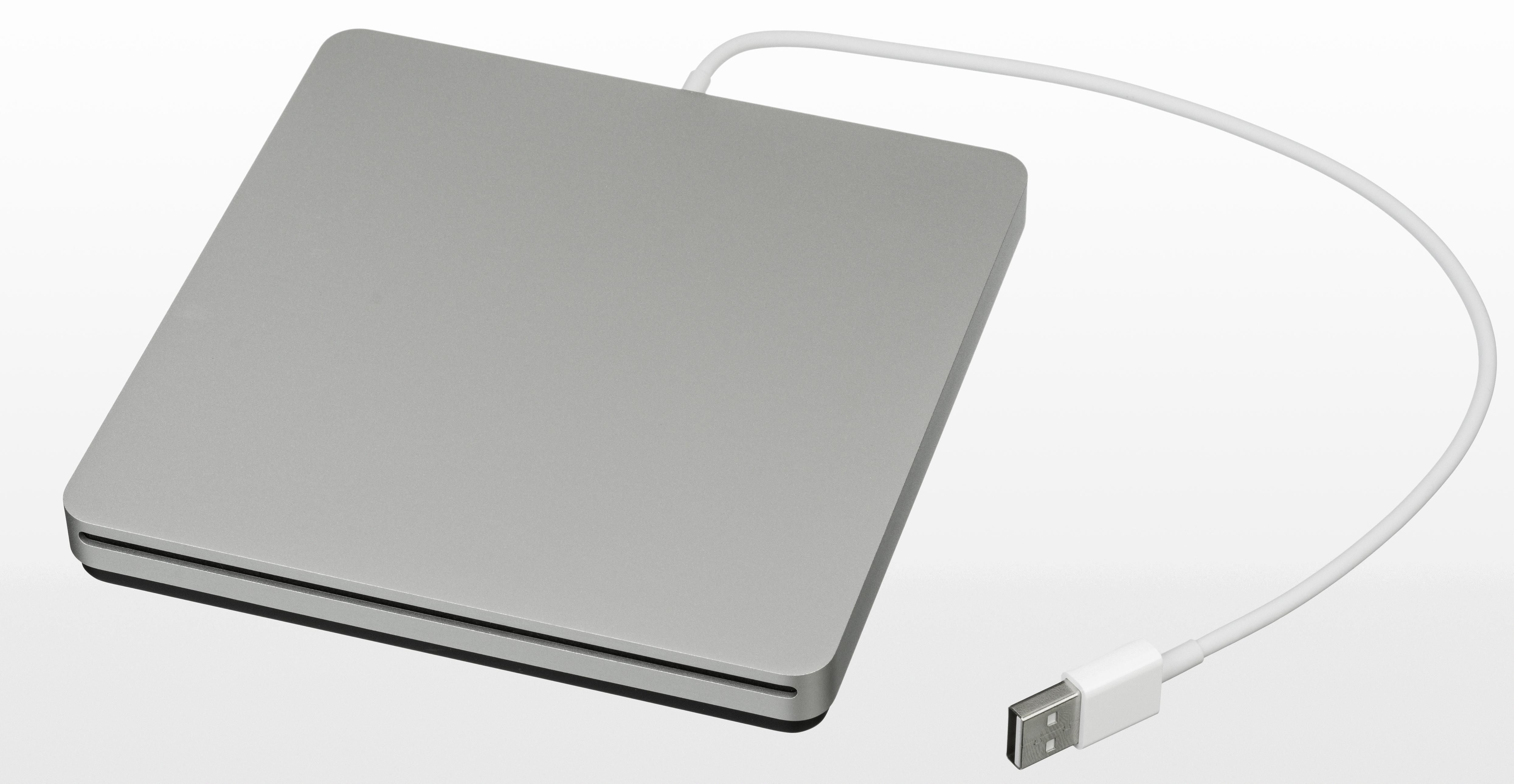The Macbook Air is one of the most popular laptop computers on the market today. It is lightweight and powerful, making it perfect for students, professionals, and everyday users alike. One thing that many users don’t know is that their Macbook Air can be used to access Airplay, Apple’s wireless streaming technology. Unfortunately, many people have found that they cannot turn on Airplay on their Macbook Air.
Airplay allows users to wirelessly stream audio and video content from their Macbook Air to a compatible device such as an Apple TV or another compatible speaker system. This allows you to watch movies or listen to music without having to plug in any cables or adapters. If you have been frustrated by the lack of success when trying to turn on Airplay on your Macbook Air, there are several things you should do in order to get it working properly.
First, make sure that your Macbook Air is running the latest version of macOS and that your device is connected to a secure Wi-Fi network. Then, go into System Preferences and select “General” from the sidebar. Once there, click “AirDrop & Handoff” and make sure it is enabled by checking the box next to it. Finally, look for the AirPlay icon in your menu bar and make sure it is enabled; if not, click on it and enable it from the drop-down menu.
If these steps don’t work, then you may need to reset your Macbook Air’s network settings or contact Apple Support for further assistance. Make sure all of your devices are powered on and connected to the same Wi-Fi network before attempting any troubleshooting steps as this can often help resolve many issues with connecting devices via Airplay technology. With a few simple steps, you can easily turn on Airplay on your Macbook Air!

Turning On AirPlay on a Macbook Air
To turn on AirPlay on your Macbook Air, open System Preferences by clicking the Apple icon in the top left corner of your screen. Then click General in the sidebar and select AirDrop & Handoff on the right. Make sure AirPlay Receiver is checked, then close System Preferences. You should now be able to use AirPlay to stream audio and video from your Macbook Air to other compatible devices.
Troubleshooting AirPlay Display Issues
There are several possible reasons why you may not be able to turn on your AirPlay display. First, ensure that the device you wish to use for AirPlay (e.g. computer, laptop, Apple TV) is powered on and connected to the same wireless network as your device that is trying to enable AirPlay (e.g. iPhone, iPad). Additionally, check the settings of the AirPlay receiving device for any restrictions or blocked networks. Finally, make sure that both devices are running the latest software updates as older versions may not support AirPlay functionality.

Source: 9to5mac.com
Lack of AirPlay Option on Mac Computers
If you don’t have an AirPlay icon in your Mac’s menu bar, it could be because your Mac is not compatible with AirPlay. AirPlay requires a Mac with OS X 10.6 or later and certain hardware configurations, including an Intel Core 2 Duo processor or better. Additionally, if the “Show mirroring options in the menu bar when available” option is not enabled in System Preferences > Displays, the AirPlay icon will not appear. If you think that you should have an AirPlay icon but don’t see it, please check these settings to make sure they are enabled.
Does AirPlay Work on Macbook?
Yes, AirPlay does work on a Macbook. All Mac laptops released in 2011 or later have built-in AirPlay capabilities, which allow you to stream audio and video from your laptop to compatible devices such as an Apple TV, an AirPlay-compatible speaker, or another Mac computer. To use AirPlay with your Macbook, make sure that both the device you’re streaming to and your Macbook are connected to the same Wi-Fi network. Then open the app or video you’d like to stream, click the AirPlay icon in the menu bar of your Macbook, and select where you’d like to stream it.

Source: osxdaily.com
Troubleshooting Apple AirPlay
To get your Apple AirPlay to work, make sure your Apple device is running the latest version of iOS, iPadOS, or macOS. Then connect your Apple TV or AirPlay 2-enabled smart TV to the same WiFi network as your device. Once connected, simply tap the AirPlay icon on your device and choose your TV from the list of available devices. Your content will then start streaming to the TV in just a few seconds.
Troubleshooting AirPlay Issues on Safari
AirPlay is a streaming feature that allows content to be sent from one device to another. Safari, however, does not support AirPlay. The reason for this is that Safari is not built with the ability to stream media. Therefore, AirPlay won’t work on Safari unless you use an alternative browser like Google Chrome or Firefox. Additionally, AirPlay may not be working because your Wi-Fi connection might be weak or your iOS device and/or Apple TV might need to be restarted.
Installing AirPlay on a Mac
To install AirPlay on your Mac, you first need to make sure you have the latest version of macOS installed. Next, open Control Center by clicking the icon in the menu bar at the top of your screen. Then click the Screen Mirroring icon and choose your Apple TV. If asked, enter a four-digit code on your Mac. To set whether your desktop mirrors or extends your Mac screen, click the Screen Mirroring icon, then choose Mirror Built-in Display or Use As Separate Display. That’s it – you’ve successfully installed AirPlay on your Mac!













